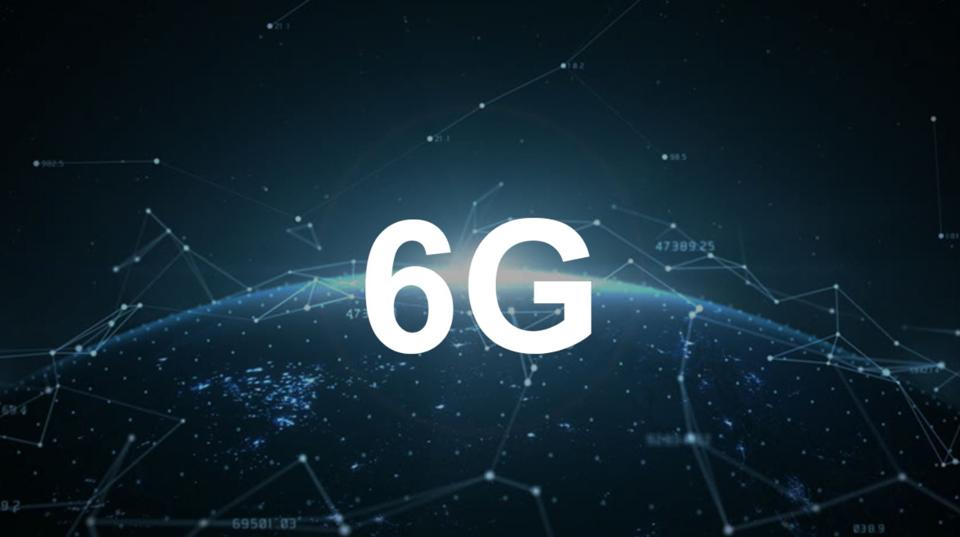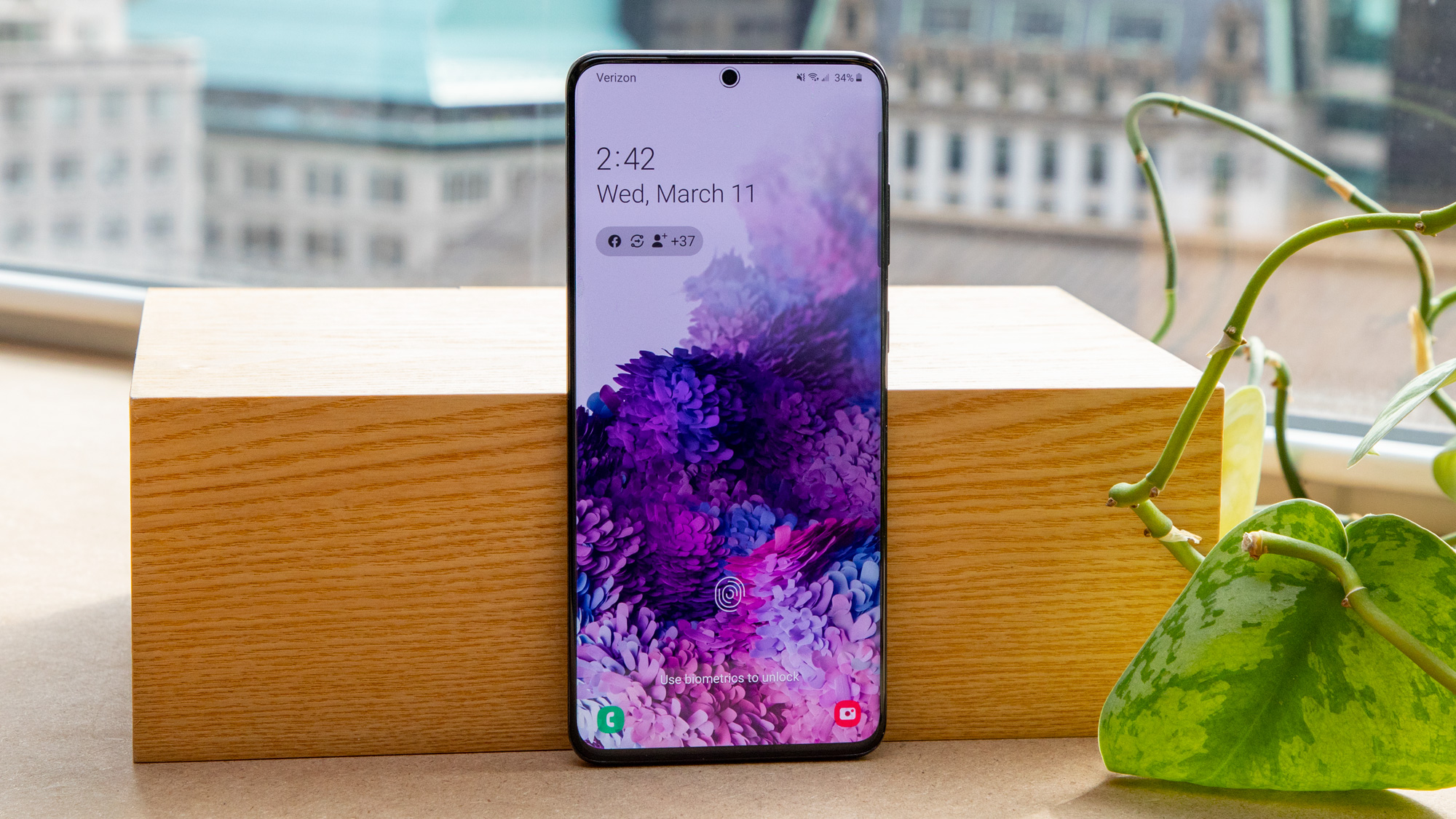What is 6G? Everything you need to know
6G networks are the mobile future

Every ten years or so, a new generation of mobile technology comes along with promises of being far more advanced than the one that preceded it. The arrival of 2G came with text messages, the launch of 3G unlocked data services, and the arrival of 4G made the mobile Internet a practical reality.
5G is no different, serving up gigabit speeds, greater capacity, and ultra-low latency. This means it will be easier to stream video, get a signal in busy locations and indoors, and entirely new business and consumer applications will be possible.
The first 5G networks went live in the UK in 2019 and one billion people will have access globally by the end of 2020. Within five years, four in ten connections will be 5G.
Development of 5G is ongoing, but for some attention has already turned to the next next big thing. Unsurprisingly, that's expected to be called 6G and we've put together the below guide to introduce you to what we expect it to be.
What is 6G?
6G – as the name suggests – is the sixth generation of mobile connectivity. It’s still unclear what final form 6G will take until it is standardized, but it isn’t too early to speculate which technologies will be included and which characteristics it will have.
What is apparent is that 5G will benefit from the backend changes made to mobile networks to power 5G. Operators have densified radio networks with more antennas so its easier to get a signal, especially indoors, while cloud technologies and edge computing mean data can be processed closer to users – even at a mast level so latency is much lower.
6G will build on this foundation and introduce new capabilities far beyond the limits of 5G.
Get daily insight, inspiration and deals in your inbox
Sign up for breaking news, reviews, opinion, top tech deals, and more.

How is 6G different from 5G?
The most obvious difference is speed. 6G will use more advanced radio equipment and a greater volume and diversity of airwaves than 5G, including the use of Extreme High Frequency (EHF) spectrum that delivers ultra-high speeds and huge capacity over short distances.
Whereas 4G speeds were talked about in megabit terms, and 5G will push the gigabit barrier, 6G will deliver theoretical terabit speeds. Most users will get in excess of 100Gbps, but this is still a transformational bitrate.
In terms of coverage, 6G could become ubiquitous. 6G satellite technology and intelligent surfaces capable of reflecting electromagnetic signals will deliver low latency, multi-gigabit connectivity to parts of the world where it has been too difficult or too expensive to reach with conventional mobile networks. Remote parts of the globe, the skies, and the oceans could all be connected.
While 5G already harnesses AI for optimization, dynamic resource allocation, and for data processing, extreme-low latency of less than one millisecond and distributed architecture means 6G will be able to deliver ubiquitous, integrated intelligence. Indeed, Japanese operator NTT DoCoMo believes 6G will allow for AI that is analogous to the human brain.
6G will also be more efficient than its predecessor and consume less power. Energy efficiency is critical for a more sustainable mobile industry because of the anticipated growth in data generation.
What will 6G be able to do?
Faster speeds, greater capacity, and lower latency will free applications from the constraints of local processing power, connect more devices to the network, and blur the lines between the physical, human and digital worlds. Existing services will be transformed but 6G could be the network that finally delivers use cases from the realms of science fiction.
Terabit speeds will inevitably make Netflix a more enjoyable experience and FaceTime calls less painful, but ubiquitous coverage and more connected ‘things’ will change the way we interact with technology – and potentially the world itself.
6G will enable location and context-aware digital services, as well as sensory experiences such as truly immersive extended reality (XR) and high-fidelity holograms. Instead of Zoom calls, it will be possible to speak to people in real time in VR, using wearable sensors, so users have the physical sensation of being in the same room together.
The Internet of Things (IoT) will expand and become more advanced, providing applications with more data and more capabilities. Real-time AI could transform robotics, while the extension of 6G coverage to the seas and skies could aid connected maritime, aviation and even space applications.
And because 6G is so much more power efficient than 5G, it may be even possible for low-power IoT devices to be charged over the network – transforming the economics of mass deployments and aiding sustainability.

Who is developing 6G?
Given the rise of mobile connectivity as a geopolitical battleground, it’s no surprise that governments around the world are keen for their countries to be leaders in the nascent field of 6G development.
There are a number of privately and publicly funded research projects taking place around the world, one of the most notable of which is the €251m ‘6Genesis’ project in Oulu, Northern Finland – a location that has long been associated with the developments of mobile networks.
China’s research efforts have already seen it launch a 6G satellite into space, while Samsung and Nokia are leading efforts in South Korea and Europe. The UK’s principal project is at the 6G Innovation Centre (6GIC) at the University of Surrey.
When will 6G be available?
Development is still at a very early stage and a final release will depend on the pace of rollout and a consensus on the technologies that eventually comprise the final standard.
Samsung believes commercial 6G services could be available as early as 2028, but it could be 2030 before the first site is switched on. Don't expect to see that small 6G logo appear on your phone for a long time.
Will 6G replace 5G?
Just as 4G and 5G will coexist for some time (they share the same core network), it is likely that 6G and 5G will work together for some time. Development of 5G technology still has a long way to go and the 6GIC believes 5G has a 20-year lifespan, meaning it is likely to be around until at least 2040.
Steve McCaskill is TechRadar Pro's resident mobile industry expert, covering all aspects of the UK and global news, from operators to service providers and everything in between. He is a former editor of Silicon UK and journalist with over a decade's experience in the technology industry, writing about technology, in particular, telecoms, mobile and sports tech, sports, video games and media.